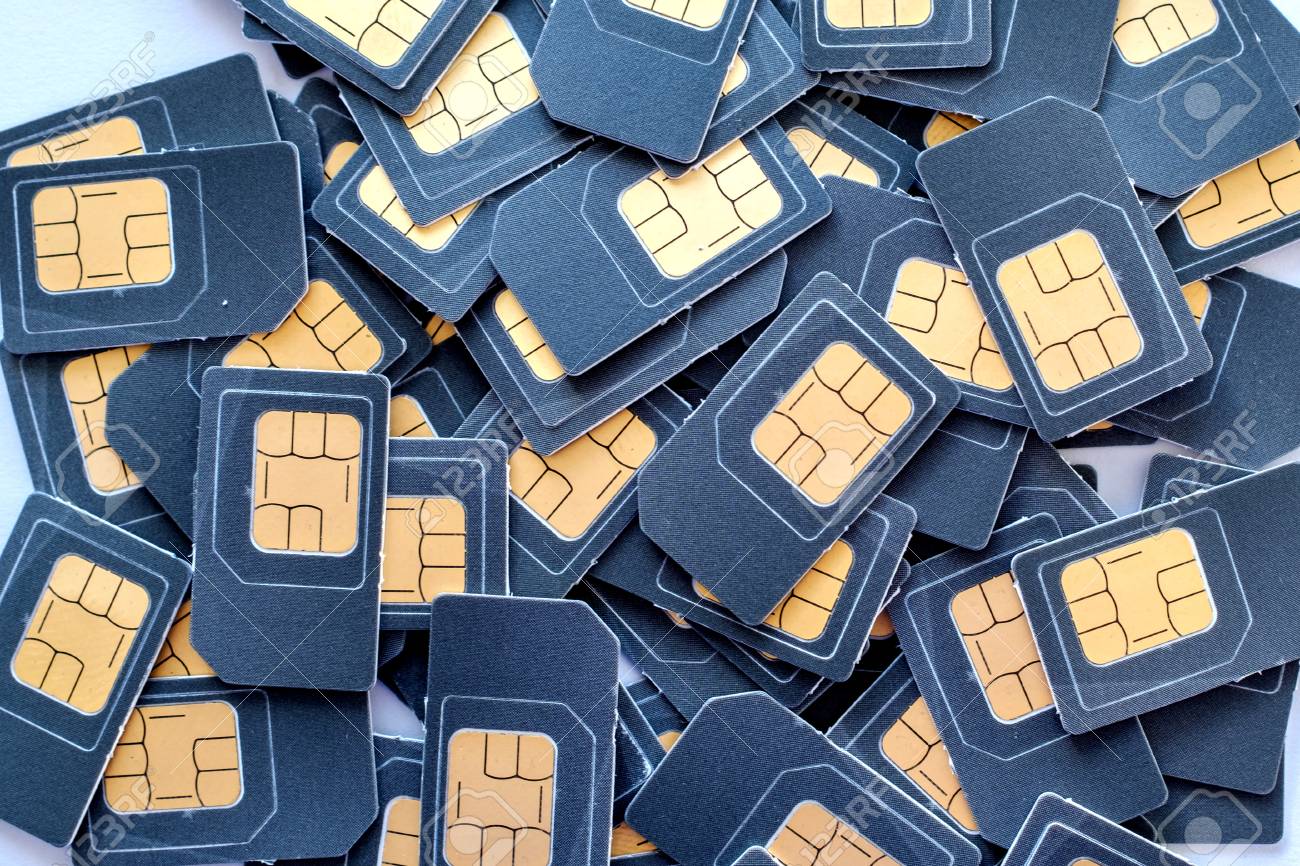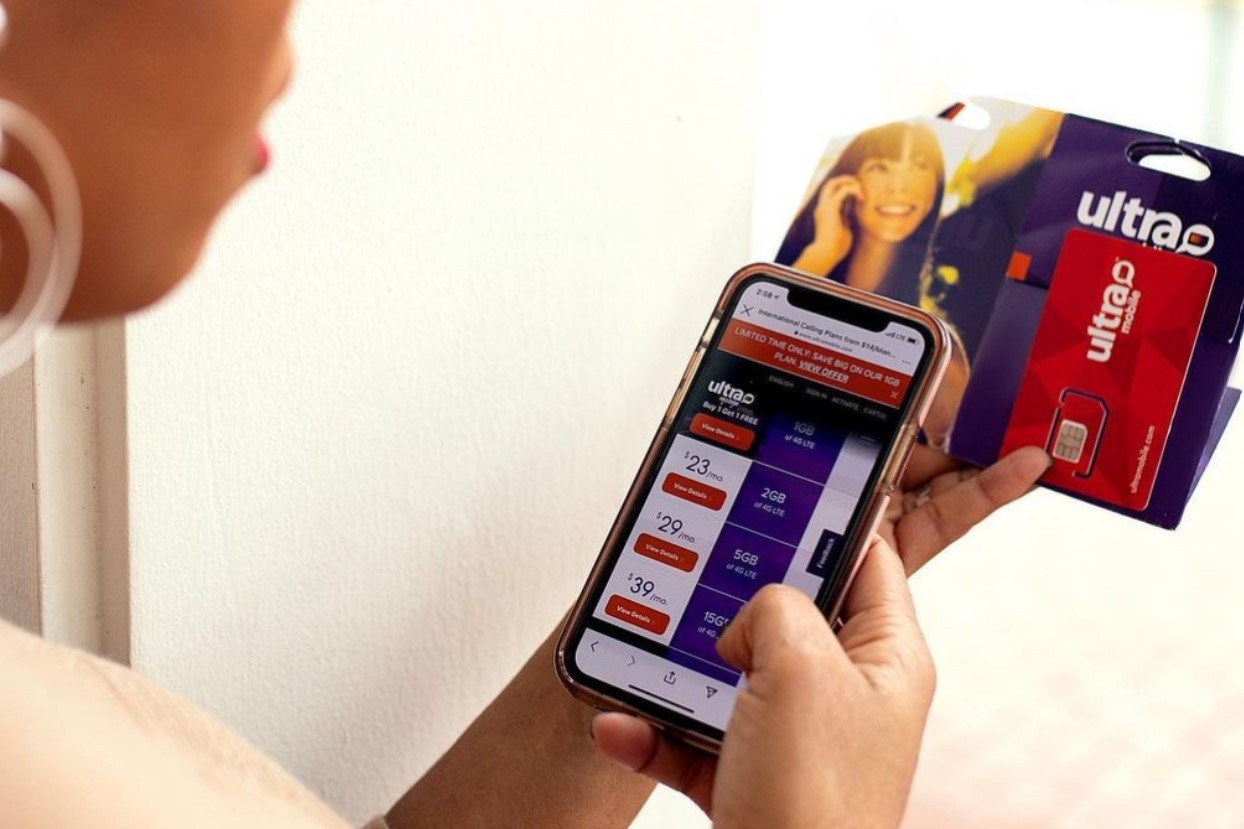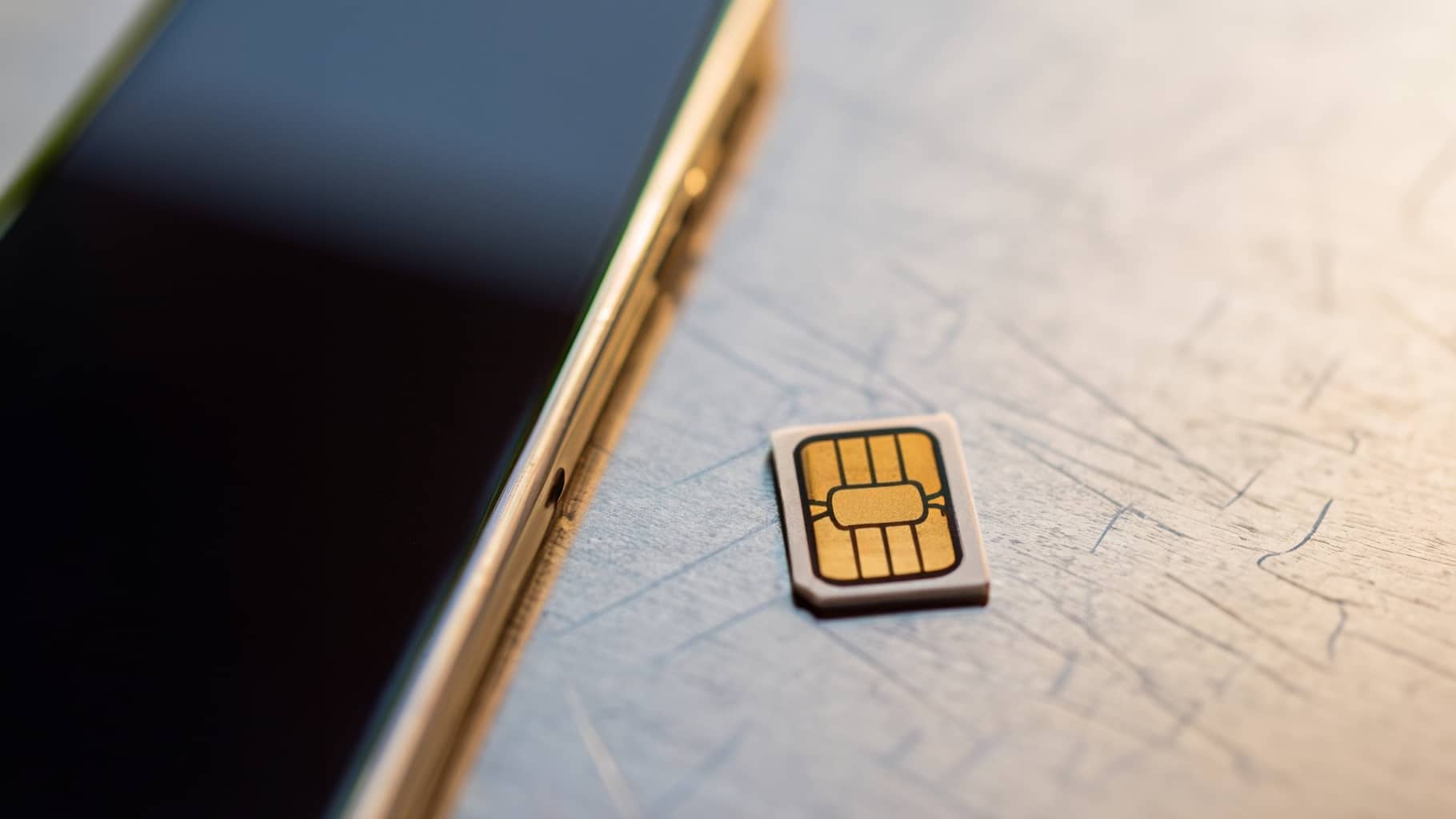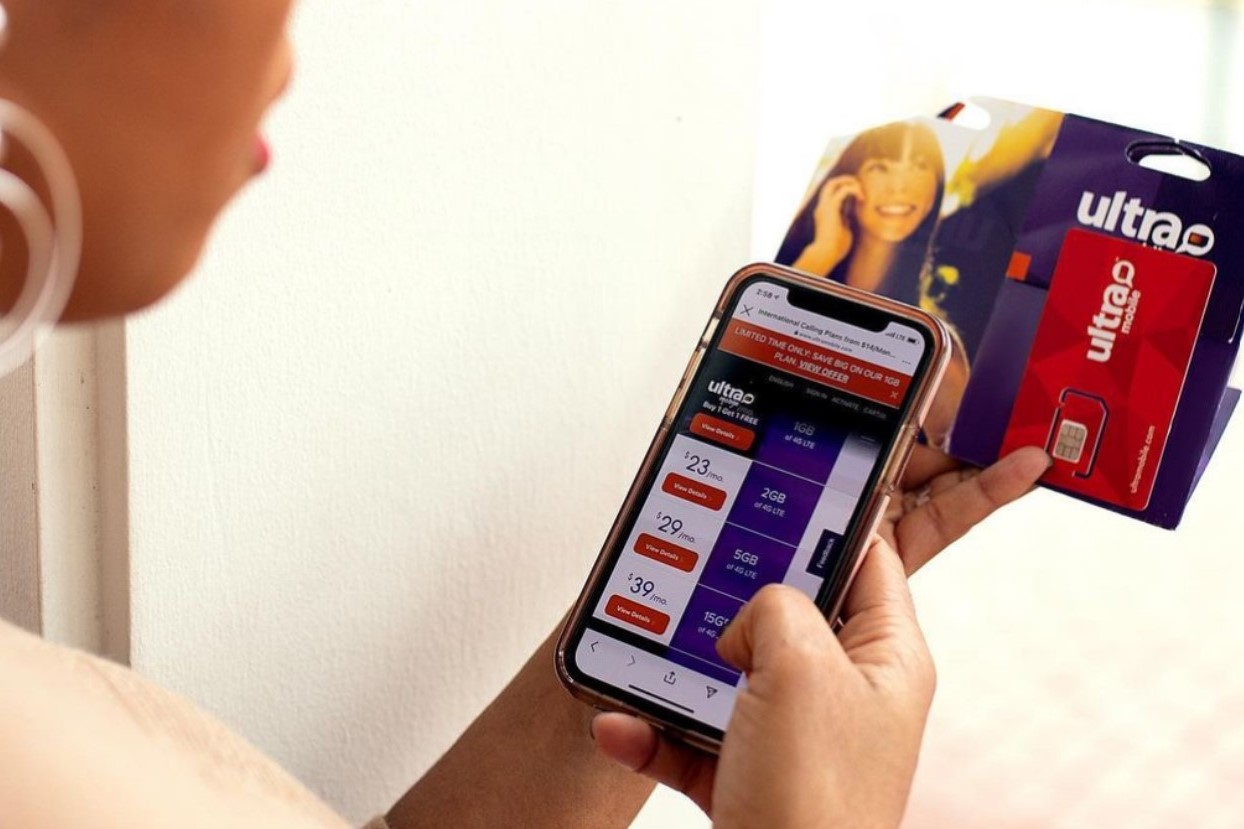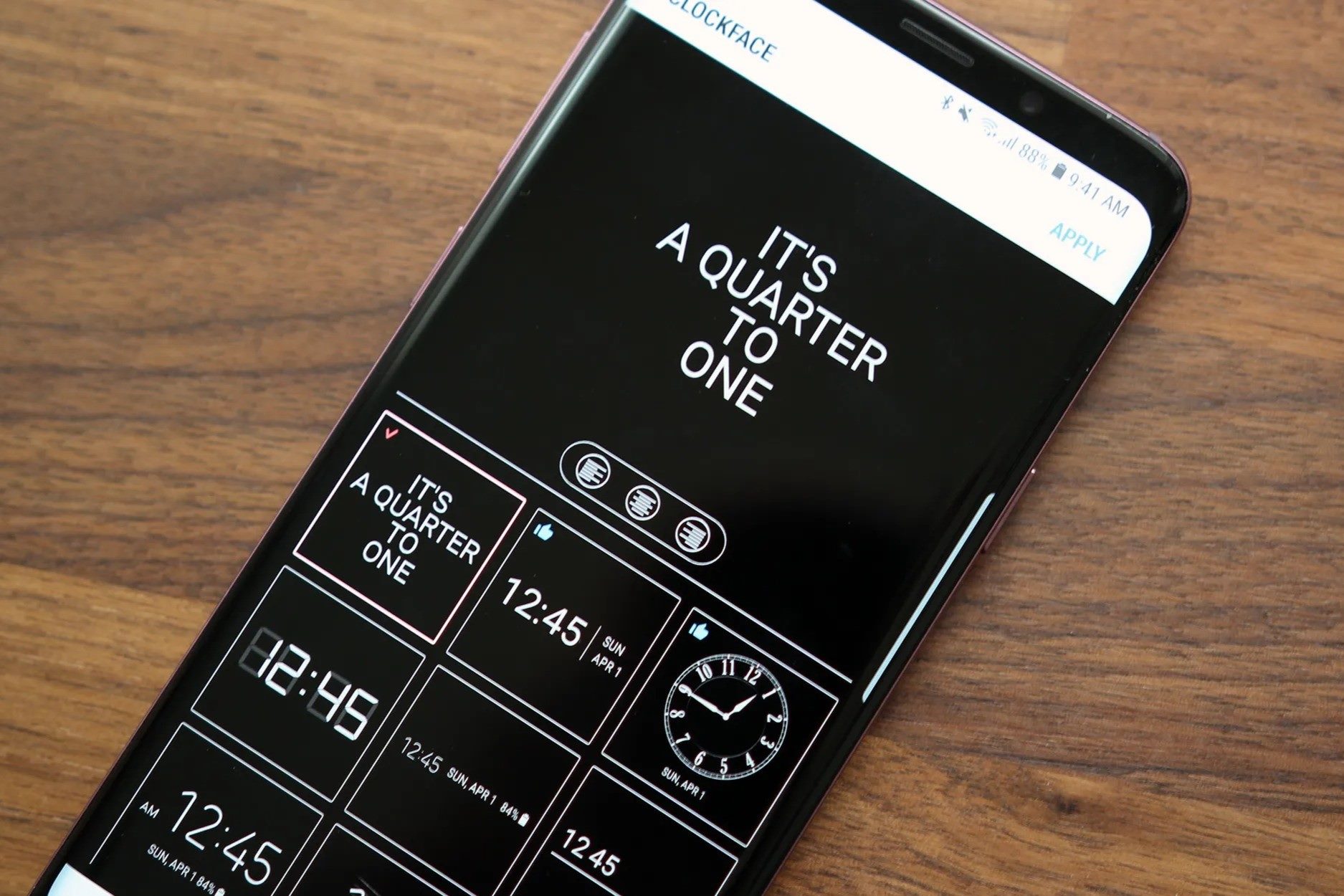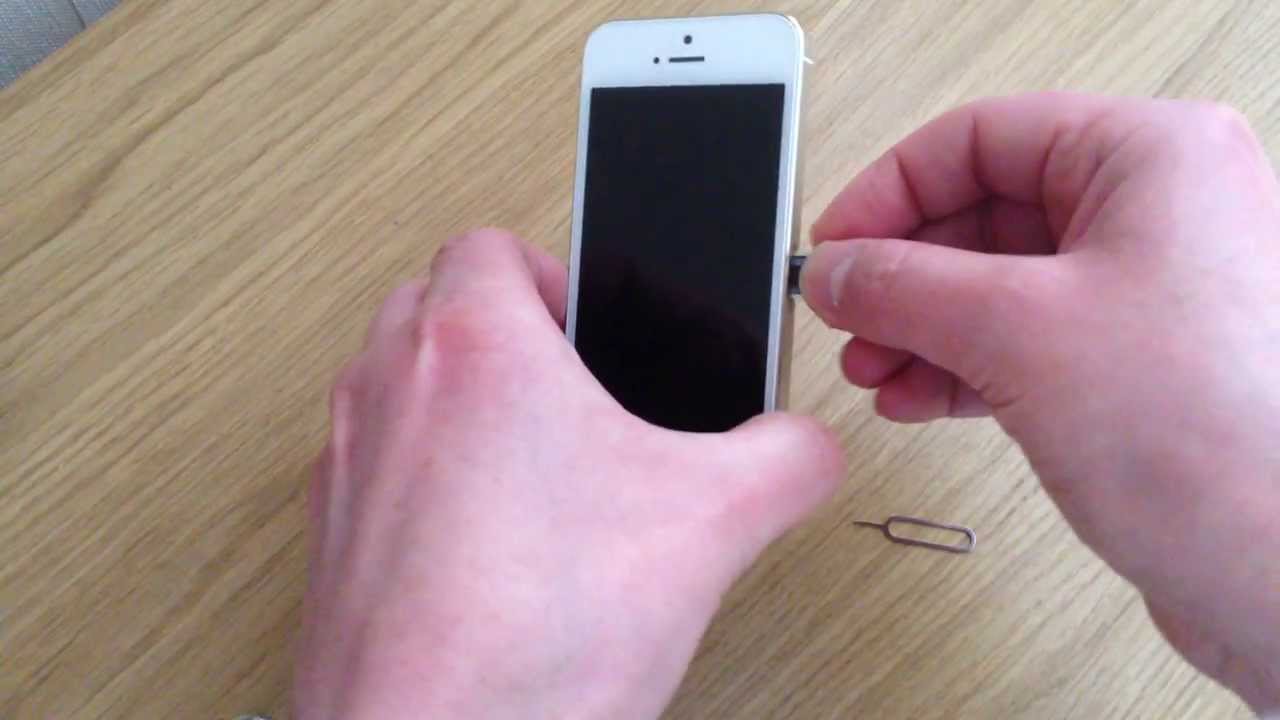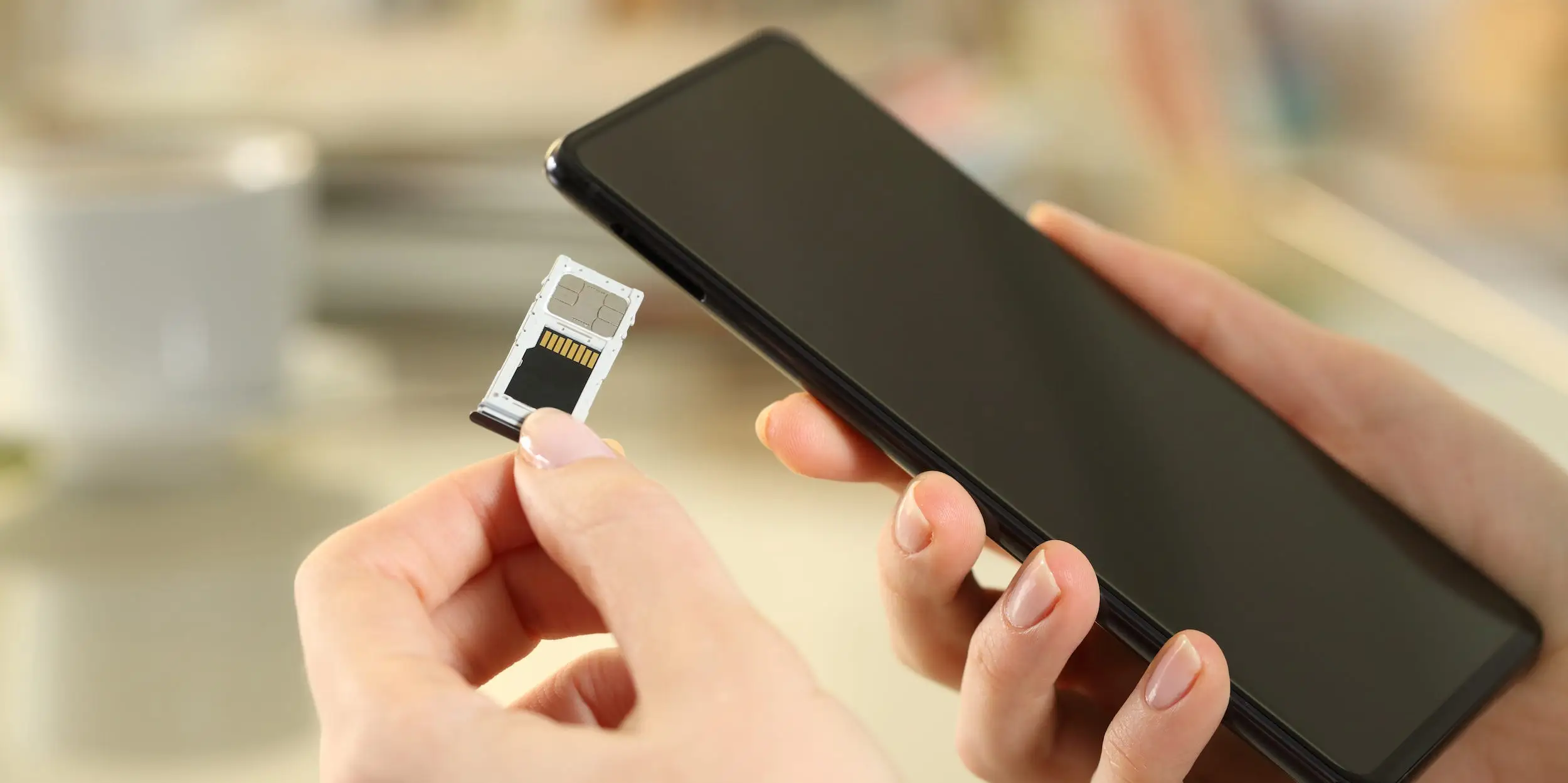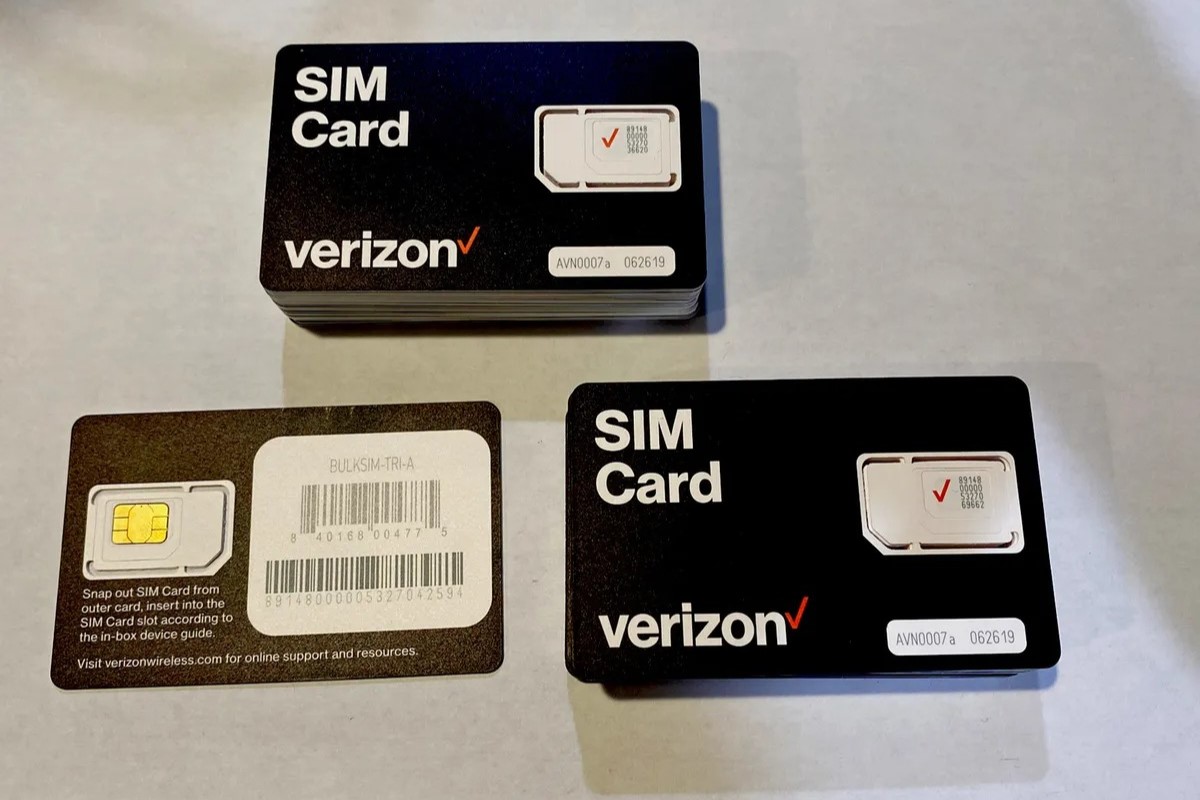What is Activation Time for a New SIM Card?
Activation time for a new SIM card refers to the duration it takes for a SIM card to become fully operational after it has been inserted into a mobile device. When a new SIM card is purchased, it needs to be activated by the mobile network operator before it can be used to make calls, send messages, or access mobile data services. During the activation process, the network provider assigns a unique phone number and activates the SIM card for use on their network.
The activation time for a new SIM card can vary depending on several factors, including the mobile network operator, the type of SIM card, and the specific activation procedures in place. It is important to note that the activation time may differ for different types of SIM cards, such as regular SIM, micro-SIM, or nano-SIM, as well as for different mobile devices.
The activation process typically involves verifying the customer's identity and linking the SIM card to the customer's account. This verification step is crucial for security and regulatory compliance purposes. Once the activation is complete, the SIM card is ready to be used for voice calls, text messaging, and mobile data services.
Understanding the activation time for a new SIM card is essential for individuals who are acquiring a new SIM card or switching to a new mobile network operator. By knowing what to expect in terms of activation timeframes, users can better plan for the transition and avoid unnecessary frustration or confusion during the activation process.
In the following sections, we will delve deeper into the factors that can affect the activation time for a new SIM card, typical activation timeframes, and what to do if activation takes longer than expected.
Factors Affecting Activation Time
Several factors can influence the activation time for a new SIM card. Understanding these factors can provide insight into why activation may take longer in certain situations. Here are the key elements that can affect the activation time for a new SIM card:
1. Network Provider Procedures:
Different mobile network operators have varying procedures and systems for activating new SIM cards. The efficiency and complexity of these activation processes can impact the overall activation time. Some operators may have streamlined, automated systems that enable swift activation, while others may require more manual intervention, leading to longer activation times.
2. Identity Verification:
The process of verifying the customer's identity is a critical step in SIM card activation. Mobile network operators are required to adhere to regulatory guidelines and security standards, which often necessitate thorough identity verification. Delays in identity verification, such as discrepancies in the provided information or the need for additional documentation, can prolong the activation process.
3. SIM Card Type:
The type of SIM card being activated can also influence the activation time. Traditional SIM cards, micro-SIMs, and nano-SIMs may have different activation procedures. Additionally, newer SIM technologies, such as eSIMs (embedded SIMs), may have distinct activation processes, potentially impacting the time it takes for the SIM to become fully operational.
4. Network Congestion:
During peak periods or in areas with high network usage, mobile network operators may experience network congestion, which can affect the speed of SIM card activations. Network congestion can lead to delays in processing activation requests, thereby extending the overall activation time for new SIM cards.
5. Device Compatibility:
The compatibility of the SIM card with the user's mobile device can also play a role in activation time. Certain devices may require specific configurations or settings to recognize and activate the new SIM card effectively. Incompatibilities or technical issues related to the device can contribute to delays in the activation process.
6. Geographic Location:
The geographic location of the user and the network infrastructure in that area can impact activation time. In remote or rural areas, where network coverage may be limited, the activation process may take longer due to connectivity challenges or the need for additional validation steps.
By considering these factors, individuals can gain a better understanding of why activation timeframes may vary and make informed decisions when obtaining and activating a new SIM card. Additionally, being aware of these factors can help manage expectations and minimize frustration during the activation process.
Typical Activation Timeframes
The typical activation timeframes for a new SIM card can vary widely based on the factors mentioned earlier. While some activations may be completed swiftly, others might take longer to finalize. It's essential to have a general understanding of the potential timeframes involved in the activation process to set realistic expectations.
In many cases, the activation of a new SIM card can occur within a few minutes of insertion into a compatible mobile device. This rapid activation is often facilitated by streamlined systems and efficient processes implemented by mobile network operators. Customers may experience minimal disruption to their mobile services, allowing them to swiftly make calls, send messages, and access data on their new SIM card.
However, it's important to note that certain situations may result in extended activation timeframes. Factors such as identity verification processes, network congestion, and device compatibility issues can contribute to longer activation periods. In such instances, the activation of a new SIM card may take several hours or, in rare cases, even up to 24 hours to complete. These delays can be particularly noticeable during peak usage times or when activating SIM cards in areas with limited network coverage.
Moreover, the type of SIM card being activated can influence the activation timeframe. Traditional SIM cards, micro-SIMs, nano-SIMs, and eSIMs may require varying amounts of time to become fully operational. For instance, eSIMs, which are embedded directly into the device, may involve different activation procedures and timelines compared to traditional removable SIM cards.
Additionally, geographic location plays a role in determining activation timeframes. In regions with robust network infrastructure, activations may proceed swiftly. Conversely, in remote or rural areas where network coverage is less comprehensive, the activation process may take longer due to connectivity challenges and the need for additional validation steps.
Understanding these typical activation timeframes can help individuals anticipate the potential duration of the activation process for their new SIM card. By being aware of the range of timeframes involved, users can approach the activation process with patience and preparedness, especially if they encounter unexpected delays.
By acknowledging the potential variations in activation timeframes, individuals can navigate the process with greater ease, minimizing frustration and ensuring a smoother transition to using their new SIM card.
What to Do if Activation Takes Longer Than Expected
If the activation of your new SIM card extends beyond the typical timeframe, there are several proactive steps you can take to address the situation and expedite the activation process:
-
Contact Customer Support: Reach out to the customer support team of your mobile network operator. They can provide real-time updates on the status of your activation and offer assistance in resolving any potential issues. Customer support representatives are equipped to troubleshoot activation delays and guide you through the necessary steps to expedite the process.
-
Verify Identity Information: Double-check the accuracy of the personal information provided during the SIM card activation process. Ensuring that the details match the records held by the mobile network operator is crucial for a smooth activation. If there are any discrepancies, rectifying them promptly can help alleviate activation delays.
-
Restart Your Device: Sometimes, a simple device restart can trigger the final stages of the activation process. Powering off and restarting your mobile device can prompt it to establish a connection with the network and complete the activation of the new SIM card.
-
Check for Network Coverage: Verify that your mobile device is within an area with adequate network coverage. In some cases, activation delays may occur due to connectivity issues in certain locations. Moving to an area with stronger network reception can potentially facilitate the activation process.
-
Ensure Device Compatibility: Confirm that your mobile device is compatible with the type of SIM card being activated. Some devices may require specific settings or configurations to recognize and activate certain types of SIM cards. Verifying compatibility can help address any technical barriers to activation.
-
Exercise Patience: While activation delays can be frustrating, exercising patience is important. In some instances, activation processes may experience temporary delays due to system updates or network maintenance. Allowing sufficient time for the activation to progress can be beneficial before pursuing further intervention.
By taking these proactive measures, individuals can navigate through activation delays with greater ease and increase the likelihood of a successful and timely activation of their new SIM card. It's important to remain proactive and communicative with the mobile network operator to address any issues promptly and ensure a smooth transition to using the new SIM card.







